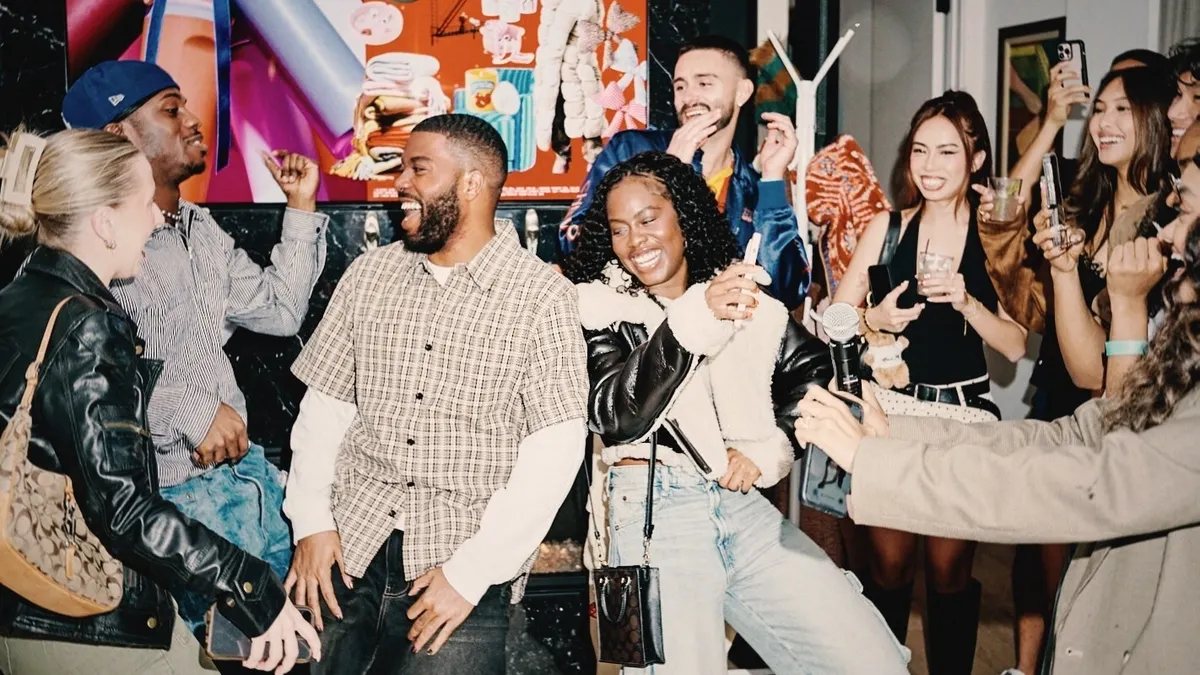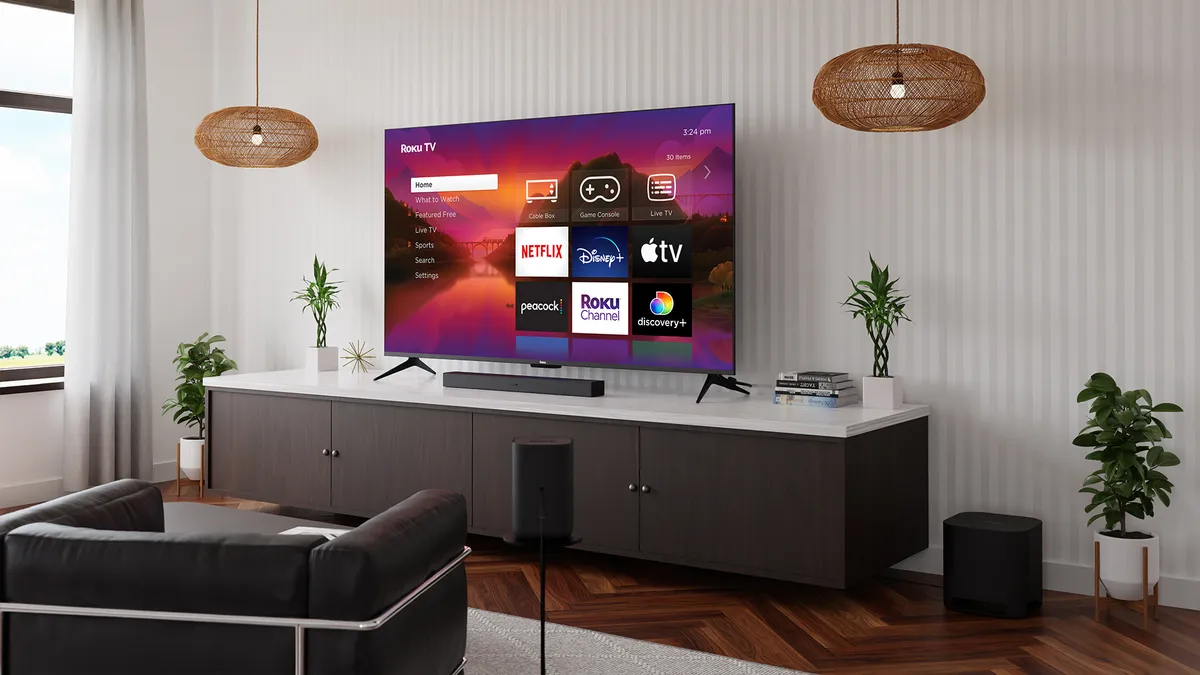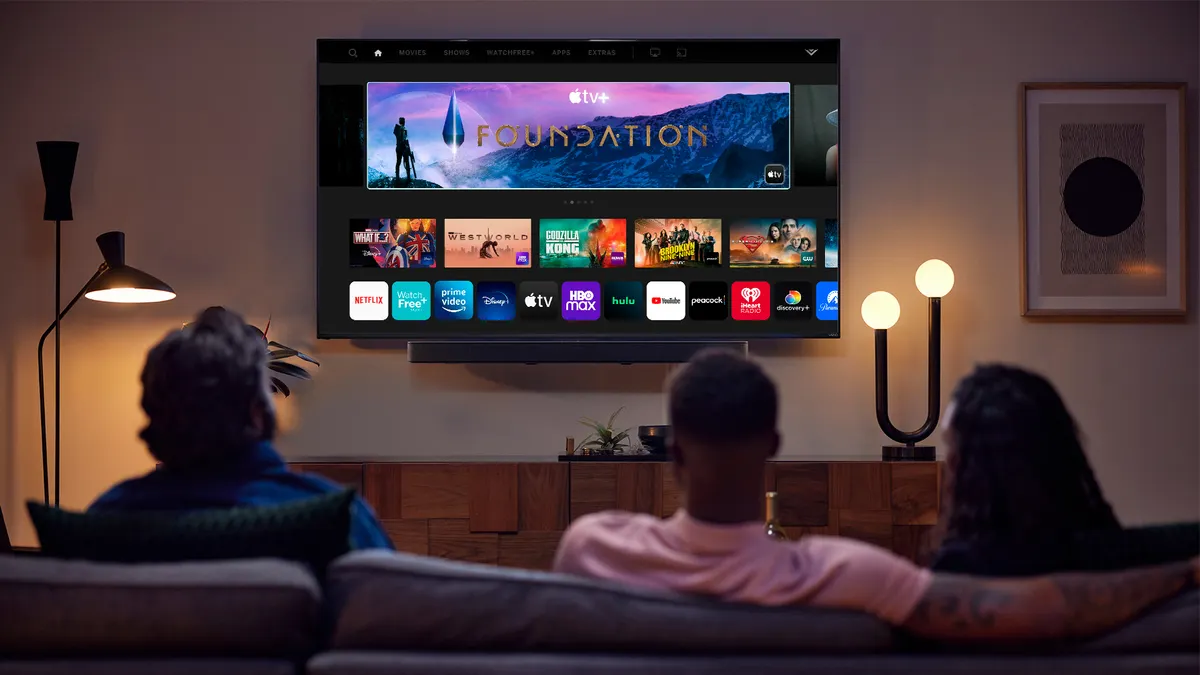The following is a guest post by Laura Gurski, senior managing director and customer and channels lead at Accenture.
Traditional marketing is showing symptoms of irrelevance. Unable to drive the levels of growth needed in today's high-competition, consumer-driven markets, established brands must look for something new to compete with newer, disruptor brands in a dramatically changing marketplace.
Economies of scale and mass-produced products delivered through physical channels just don't have the effects they used to. The competition is doing something different: making direct connections with consumers through digital channels — and building new capabilities to fulfill these consumers' needs in a multitude of ways. The imperative: adapt or be out-maneuvered by smaller, nimbler competitors.
Consumers are demanding relevant and personalized experiences across all touch points, and the pace of change for established brands keeps accelerating. Marketing teams are struggling to keep up. Too many are still organized in silos, disconnected from the rest of the organization. And too many remain focused on product and conventional channels rather than consumers and their experiences.
More than anything, too many have failed to adapt to today's fluid, ever-changing consumer landscapes. The old, simpler, static world has gone. Experiences must now be data-driven, personalized and seamless. Brands must be both global and hyper-localized. Everything must be in the right place at the right time.
Sounds like a challenge? It is. That's why it's time for something different — marketing that breathes new life into the organization through hyper-relevance and unique personalized experiences. Marketing that is adaptive, real-time and consumer-centric. Marketing that offers simple and seamless solutions, harnessing the power of the ecosystem in which brands, channels and consumers exist.
We call it "living marketing." Here's how to make it happen.
Lead with experiences
When brands get consumer experience right, they outperform. Doing so means crafting "living" experiences for consumers, engaging directly with them in new and exciting ways and making use of all the advantages that technology disruption is bringing.
Meliá Hotels' "Be More Digital" program, which the marketer worked on with our organization, Accenture, is a case in point. When the global hotel chain launched this holistic digital initiative — encompassing websites, loyalty programs and marketing — they saw direct sales growth of 27% in a single year, as well as added a million new loyalty members and increased marketing ROI by 25%.
Creating and delivering experiences require new mindsets as well as new technologies. While 99% of marketers agree that experiences are important, only 30% say they're doing something about it. Brands must recognize consumers' desires for deep and authentic connections. That's about much more than convenience — it's about listening to and appreciating consumers at every touch point.
Take fast-growing food brand Halo Top, for example. Eschewing traditional advertising and marketing, they cultivate a loyal following by bringing consumers right into the heart of product design, encouraging them to suggest new flavors for the brand's ice creams.
Open organizations within connected ecosystems
Living marketing calls for brands' marketing organizations to step up with relevant skills, a purposeful culture and optimized ways of working. Centering around an "always on" experience platform of living channels, media and content, they must break down functional silos, and orchestrate marketing, advertising, IT and business services as if they were a single living organism.
That mindset should also extend outwards to make better use of a brand's partner ecosystem, which includes technology companies, data providers, manufacturing partners, innovation partners, channel partners and even consumers. (Just think about the role of social influencers.)
Four out of every five marketing executives agree they need to better leverage the ecosystem to deliver superior experiences. So brands should become orchestrators of their ecosystems in a way that benefits the consumer, the brand and all the ecosystem participants.
Fluency in data
The success of living marketing rests on having the right data and using it in the right way. That means bringing all the technology together — advertising and marketing applications, e-commerce platforms, CRM systems, and sales and service tools — in an agile living "experience architecture." The goal: to create a highly integrated, carefully orchestrated and comprehensive view of the consumer.
Doing so takes a high degree of data fluency. It means moving beyond the familiar "descriptive" data analytics that tell you what's already happened and investing in the "predictive" analytics that can tell you what will happen. It also means creating rich real-time snapshots of the consumer from a broad range of channels and touch points, leveraging an ecosystem of data partners.
In the process, marketing ROI takes on a new meaning: "return on the individual." The focus shifts toward softer metrics, such as consumer intimacy. And performance is measured both over the immediate term, with real-time metrics, and over the long term, with lifetime consumer value.
A new lease of life
It's an uncertain time for established product brands — growth is close to non-existent, and more disruption is underway. That's where "living marketing" becomes so important. It helps a brand thrive in consumer-driven ecosystems by adapting in real-time, by taking personalization to new levels, and by forging new and meaningful connections. Above all, it helps a business stay relevant for today's generation of consumers and their ever-changing expectations.



















